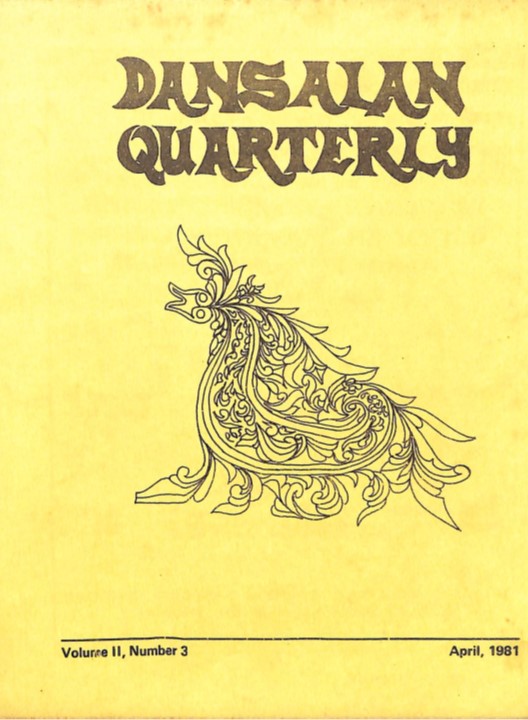April 1981 Vol. II, No. 3
10 July 2022 Dansalan Quarterly
In this journal, Teopisto Guingona, who served as Acting Governor of Department of Mindanao and Sulu from 1917-1920, provides a historical survey on the Moro-focused policies that were implemented during the Spanish and American regimes. It first includes a historical account of how the Moros received the Spaniards when they first arrived in the Philippines and the early treaties that were signed as an attempt to consensus building. The treaties articulated policies on trade, security, sovereignty, among others. Additionally, to maintain peace and order, the Spanish government established a politico-military regime, which did not prove entirely efficient in achieving the very goal that it was built for. In sum, Spanish treaties, and the policies these connote, exemplified the submission of the Moro people to Spanish domination during several decades of colonization. Soon after the Spaniards evacuated Jolo came the American military regime. American troops brought with them well-armed and well-equipped men, building camps in Sulu, Zamboanga, Lanao, and Cotabato. Like Spanish treaties, American treaties also recognized and acknowledged the sovereignty of the United States over the whole archipelago of Jolo. It also had similar trade and security policies as its predecessor. Years later, after Philippine independence was declared, the Philippine Commission approved Act 787 which organized the Moro province. Guingona then shares several accounts which provide a glimpse of the origins, structures, and agencies that were established for the province. To conclude, this journal elucidates Spanish and American efforts to colonize the Moros in Mindanao.
Please email dansalan.quarterly@dcfi.edu.ph to request a copy of the issue.

